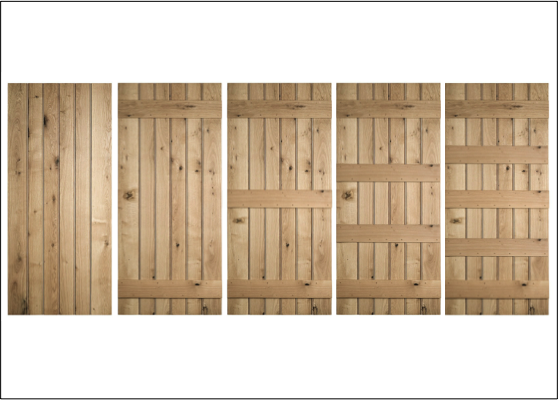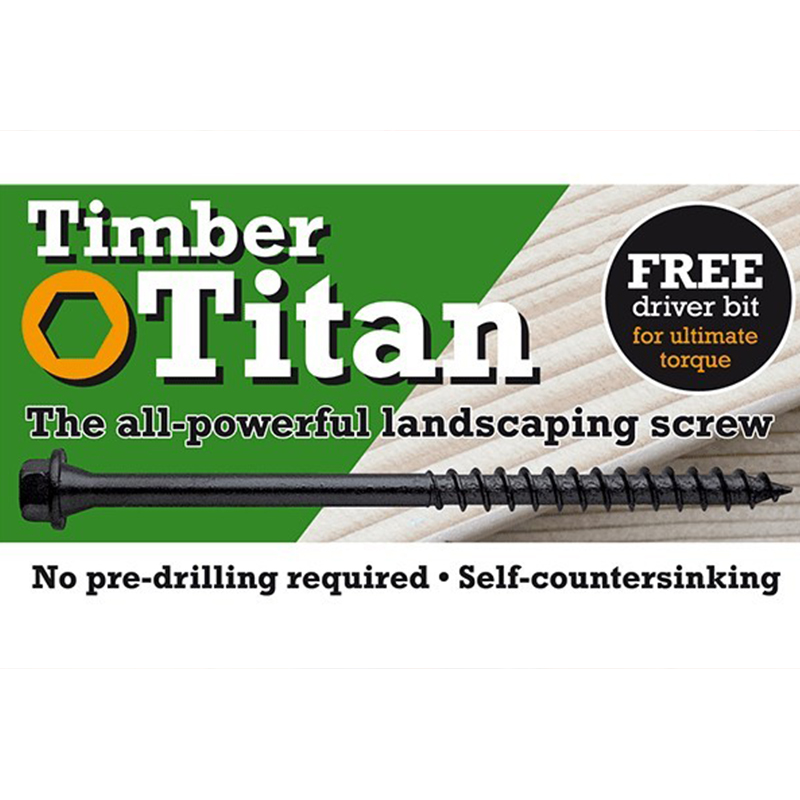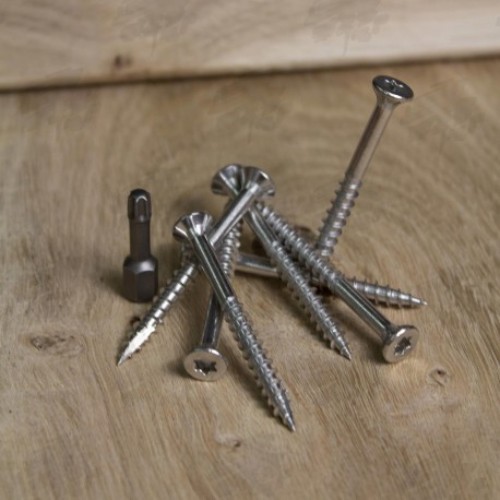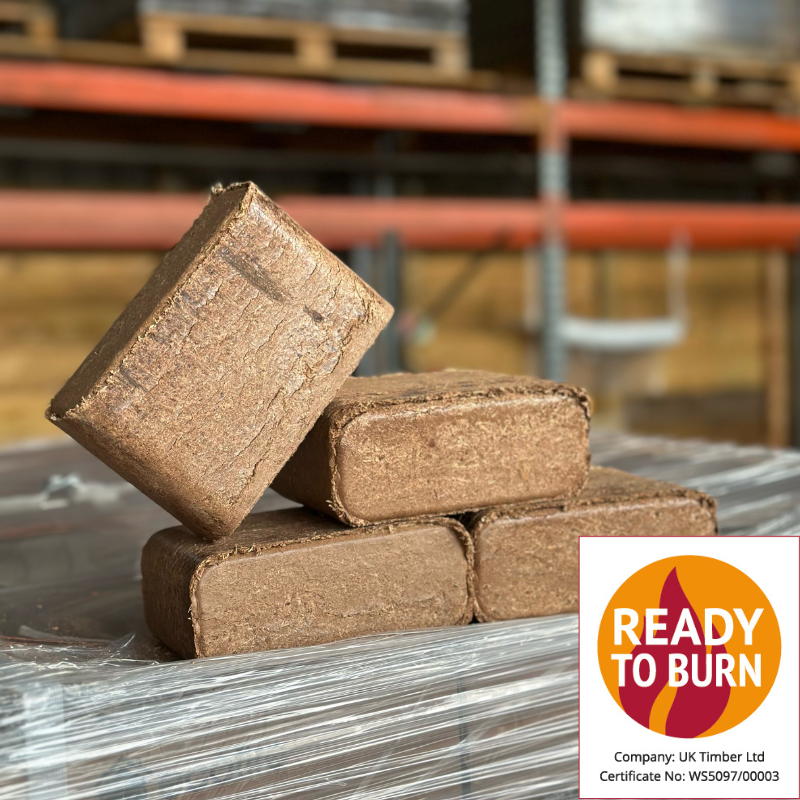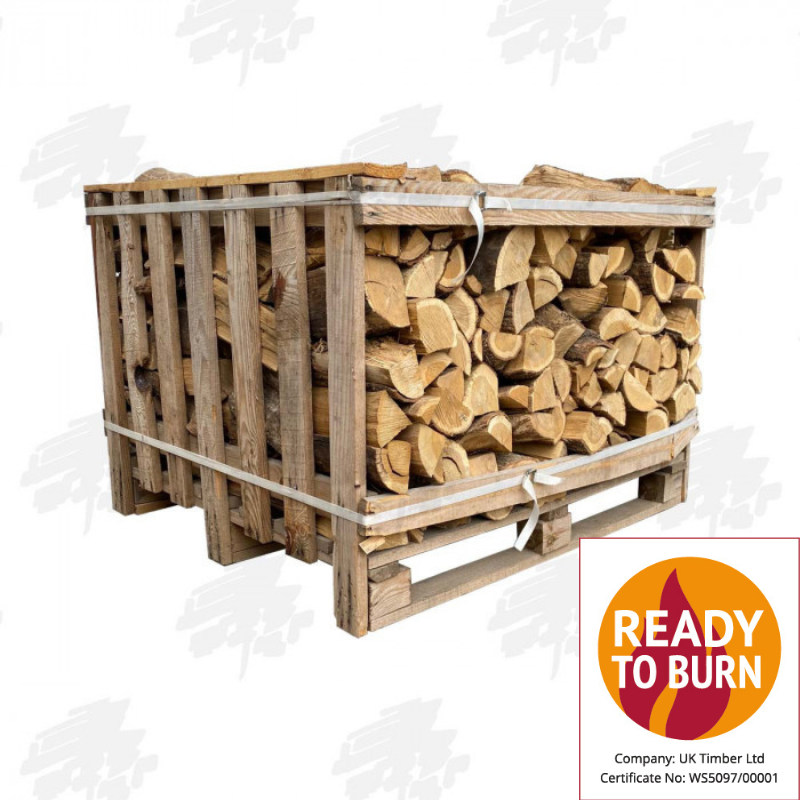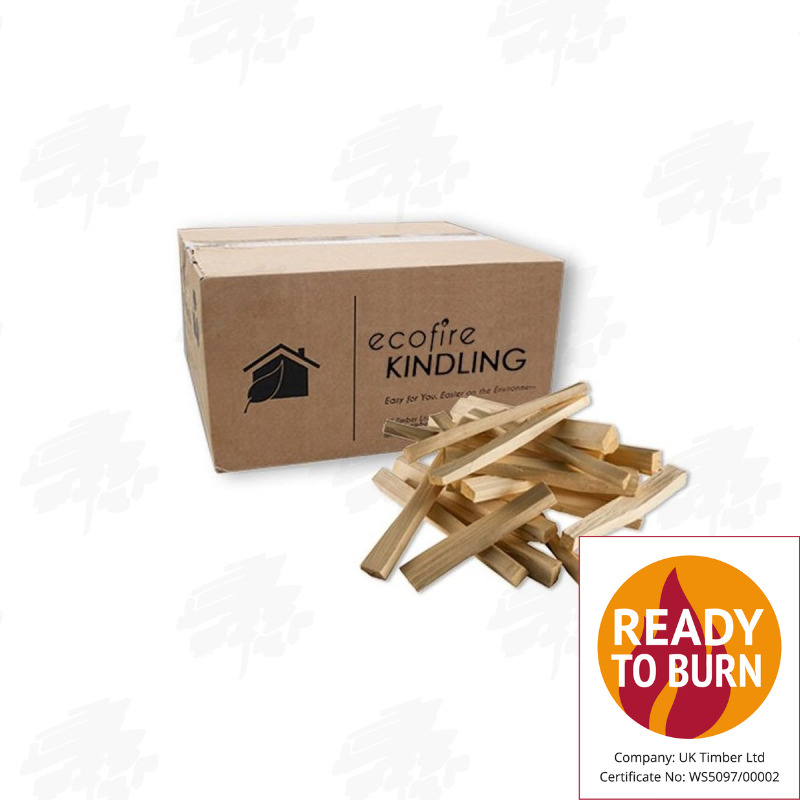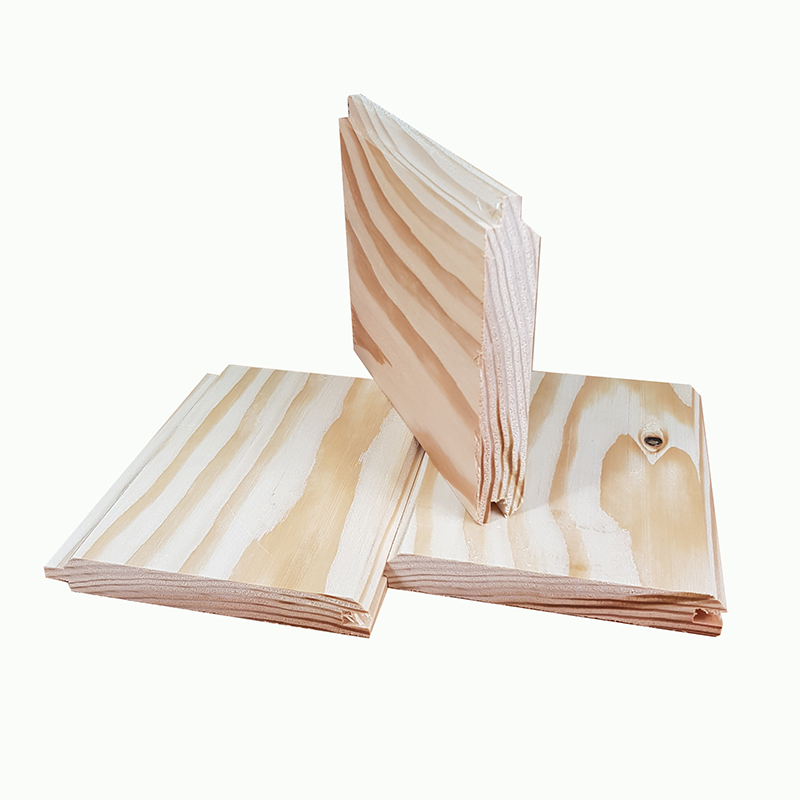Can You Lay Railway Sleepers Directly on Soil?
-
Railway Sleepers
-
Welcome to the New Look UK Sleepers Website
We're offering the same great range of products with a better user experience
Order Online 24/7 with delivery straight to you door!
-
-
Raised Bed Kits, Decking, Pergola Kits & Components
-
Raised Bed Kits, Decking, Pergola Kits & ComponentsFeatured Products
View our range of Pergola KitsBrowse our pergola kits, there is something for every need!
-
-
Sawn To Size - Custom Cutting
-
Sawn To Size - Custom CuttingWelcome to the New Look UK Sleepers Website
We're offering the same great range of products with a better user experience
Order Online 24/7 with delivery straight to you door!
-
-
Timber Cladding
-
Timber Cladding
Take a look at our wide range of timber cladding, in all manner of sizes, materials and profiles.
-
-
Beams, Boards & Structural Timber
-
Beams, Boards & Structural TimberFeatured Products
Beams, Boards and Structural TimberBrowse our range of boards, beams and other structural timber. Avaiable in Oak, Larch and Douglas Fir.
-
-
Handcrafted Gates, Gate Posts & Fencing
-
Handcrafted Gates, Gate Posts & FencingFeatured Products
-
-
Hardwood Flooring, Doors & Joinery
-
Hardwood Flooring, Doors & JoineryFeatured Products
Hardwood Flooring, Doors & JoineryLook at our wide range of Hardwood Flooring, Solid Wood Doors and Joinery products. Available in many materials and finished to get the aesthetic you desire.
-
-
Fixings & Treatments
-
Fixings & TreatmentsFeatured Products
Fixings & TreatmentsBrowse our range of fixings and treatments, with options to suit all the timber we offer.
-
-
Renewable Fuels
-
Renewable FuelsFeatured Products
Renewable FuelsWe have a large range of renewable fuels to choose from, including Wood Briquettes, Kiln Dried Firewood, Kindling and an assortment of firelighters.
-
-
Offers & Specials
-
Welcome to the New Look UK Sleepers Website
We're offering the same great range of products with a better user experience
Order Online 24/7 with delivery straight to you door!
-
- Our Products
- All Railway Sleepers
- Sleepers
- Raised Bed Kits, Decking, Pergola Kits & Components
- Timber Cladding
- Structural and Building Timber
- Handcrafted Gates, Gate Posts & Fencing
- Hardwood Flooring, Doors and Joinery
- Fuels
- Fixings and Treatments
- Other Pages
- Sawn to Size - Custom Cutting
- Offers & Specials
- Sleeper Grades Explained
- Oak Beam Grades Explained
- Timber Shipping Costs
- Payment Information
- Terms & Conditions
- About Us
- Find Us
- Contact Us
- Register For News & Offers
News
Laying Railway Sleepers on Soil: The Guide to Your Complete Garden Project
Laying Railway Sleepers on Soil: The Guide to Your Complete Garden Project
Railway sleepers are unquestionably a garden design staple across the UK due to their country chic charm. Retaining walls and raised beds are just two ways that these unique timber pieces allow you to enhance your garden projects. But the question is – can you lay railway sleepers on soil? The answer is – Yes you can. And below, we’ve provided a few tips on how you can make this happen.

First Steps: Beyond the Basics
No matter what the type of soil your garden has, or you use (clay soil needs more help with drainage work and sandy soil requires more stabilisation), the ground in which the base of your wooden fence is installed must be level and compacted so it will not shift in the future. This foundation work is what makes the difference between a permanent installation and one you need to be constantly adjusting.
Smart Choices: Picking Perfect Sleepers
New or reclaimed? This is an extremely common question we here at UK Sleepers. Here's what you need to know:
New softwood sleepers - softwood sleepers are a lot lighter and easier to work with, and as such are perfect for any DIY project. Pressure treatment process drives preservatives deeply into wood fibres as a key rot and insect barrier. Under proper maintenance, these sleepers last a good 15- 20 years and are ideal for raised beds and garden steps.
Hardwood sleepers - Despite their light weight, all hardwood sleepers give a very strong output, with natural resistance to decay. Because of their density they are especially suited for ground contact and load bearing structures. Although this means initial costs are higher, they are very cost effective if permanent installations such as retaining walls and terracing are to be undertaken as the lifespan is 25 + years.
Reclaimed sleepers - There is unique character and heritage to reclaimed sleepers for your garden. All the pieces are weathered and tell a story. But be warned - older sleepers could contain creosote, a harmful preservative, banned for domestic use. Always check the treatment history with your supplier too before purchasing.
Foundations for Success: Ground Preparation
The success simply lays in thorough ground preparation:
- - Start by marking your area precisely with string lines and remove all vegetation, including roots that could cause future movement
- - Create a proper depth - 100mm for garden paths or 150mm for structural walls - to ensure stability
- - Add a drainage layer using sharp sand or Type 1 MOT, spreading it evenly to prevent water pooling
- - Use a plate compactor to create a solid base, making multiple passes for optimal compression
- - Check levels frequently with string lines and a spirit level to achieve professional results
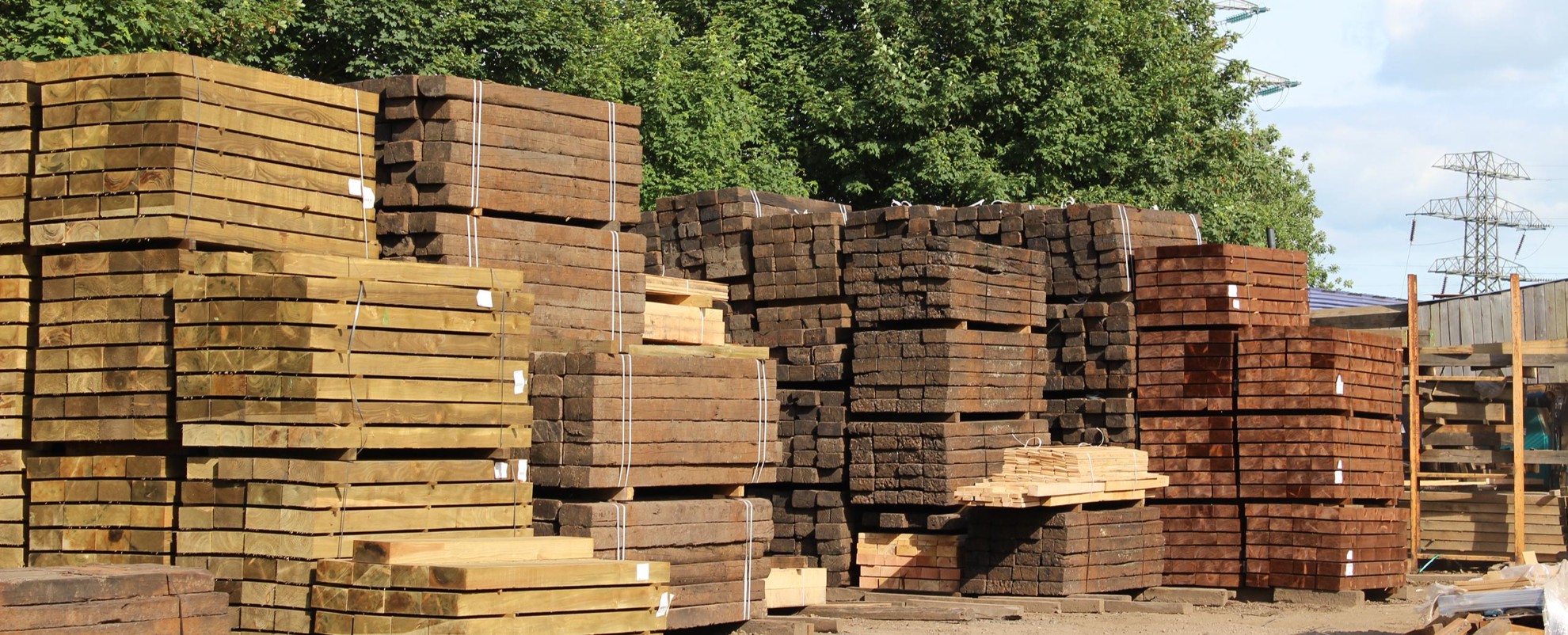
Installation Secrets: Choosing Your Method
The Quick Fix: Direct Laying
Perfect for: All are temporary, or require to be temporary structures, paths, and low height features.
- - A simple weekend project - requiring very few tools.
- - Simple no concrete mixing and no complex foundations.
- - Requires excellent drainage or it will rot out early.
- - If everything is monitored and maintained regularly, it’s stable.
The Professional Approach: Foundation Method
Ideal for: Including permanent structures, such as retaining walls
- - This creates an immovable base made of concrete or hardcore.
- - It incorporates reasonable drainage channels for the longevity.
- - Life Extension of your sleepers is significantly extended.
- - For structural projects, it’s worth the extra effort.
Essential Kit: Tools for Success
Prepare your workspace with:
- - For precise ground preparation use heavy duty spade and shovel.
- - Accurate installation with this professional grade 600mm spirit level.
- - Perfect for alignment, durable string line!
- - A rubber mallet is used to avoid damaging sleeper edges.
- - Steel toe boots and heavy-duty gloves, quality protective gear.
- - Good wheelbarrow that will transport bulk material incredible.
- - Wood bits for power drill to secure sleepers together
Maintenance Tips
Keep your sleeper installation looking great:
- - Clean surfaces annually by using a stiff brush.
- - Also, check regularly for signs of rot or splitting
- - Wood preservative must be applied every 2–3 years.
- - Drainage channels should be kept clear regularly
- - Check for movement or sinking movement.




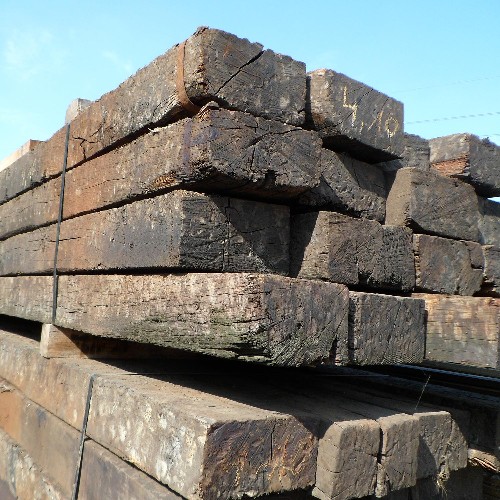
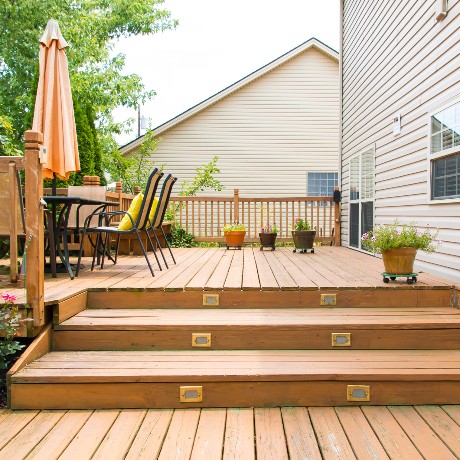
The Real Answer: Can You Lay Railway Sleepers Directly on Soil?
While placing railway sleepers right on soil is possible, it won't always produce the best results. When putting down railway sleepers for simple garden designs like walkways or ornamental edges, you can lay them straight on the earth after good ground preparation. If you want anything that lasts or supports weight, make sure it sits on stable foundations.
Think of it this way: Your garden costs a lot when you buy railway sleepers. If you align your drainage and prepare the ground correctly, you can take your time to develop solid bases, which will greatly stretch the time your deck remains in good condition. Adding a bit of extra groundwork can help your installation last much longer.
For the best results, we recommend implementing the following tips:
- - For simple projects, it has even been known to create a compressed subbase.
- - To do so, proper drainage is installed to prevent water pooling.
- - And using a damp proof membrane for ground contact
- - New treated sleepers are selected for direct soil contact.
- - Especially after wet weather, regular checks are needed.
Our UK Sleepers team has found success using both laying methods in our projects. The important thing is to choose an installation method that fits the exact requirements of your project. No matter which installation method you pick, our team will supply both the best materials and advice for your garden's makeover. You can contact us now for more advice or click here to look at all our full range of sleepers .
Use our chat on the right, or contact us
or send us an email at
sales@uksleepers.co.uk.

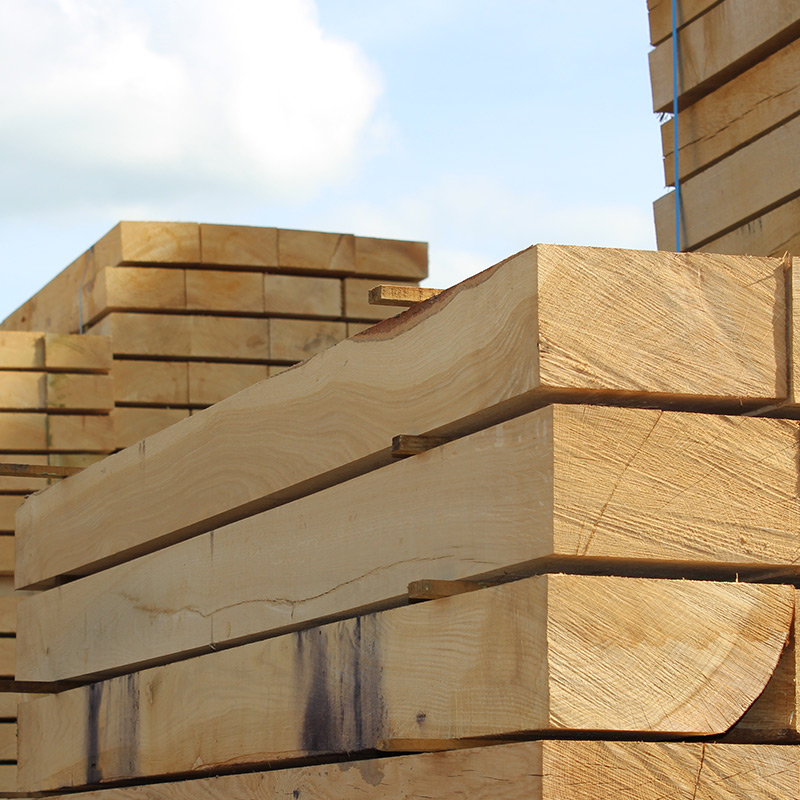
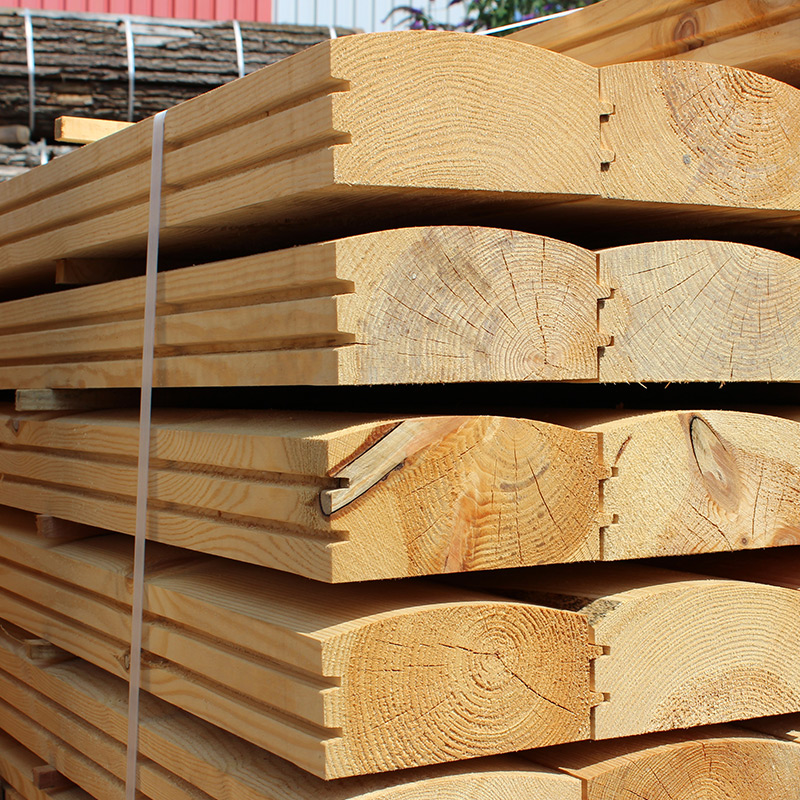
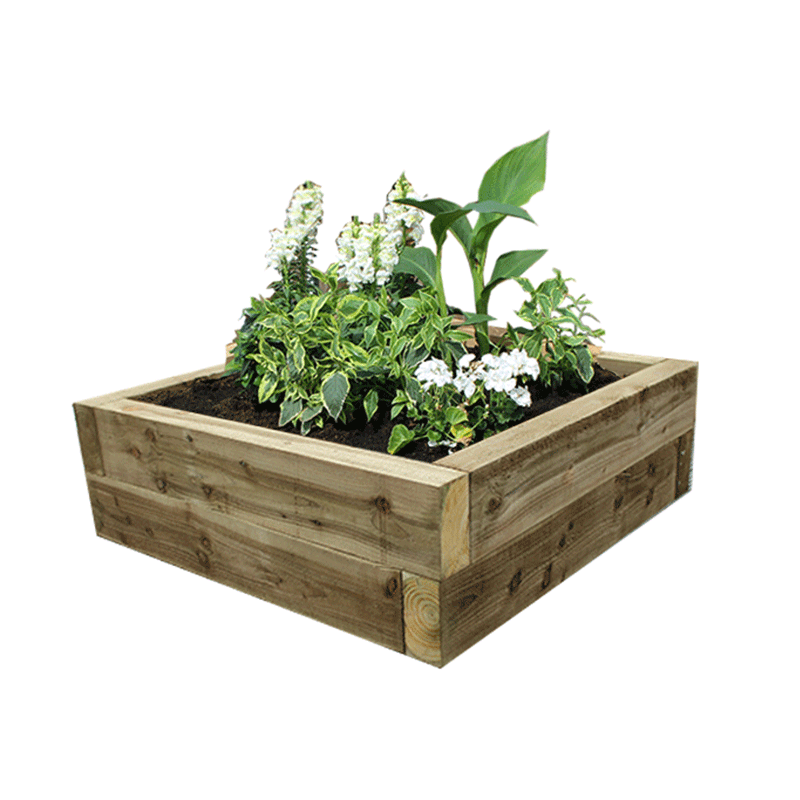
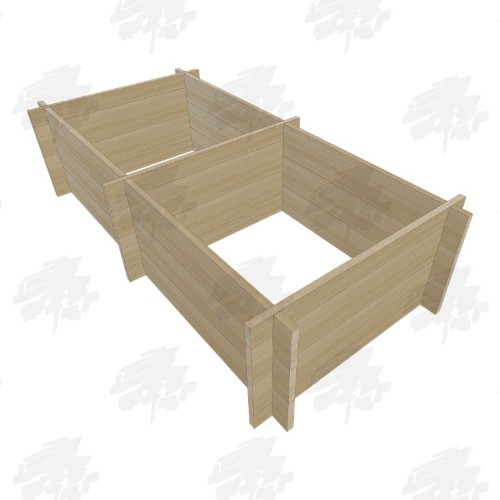
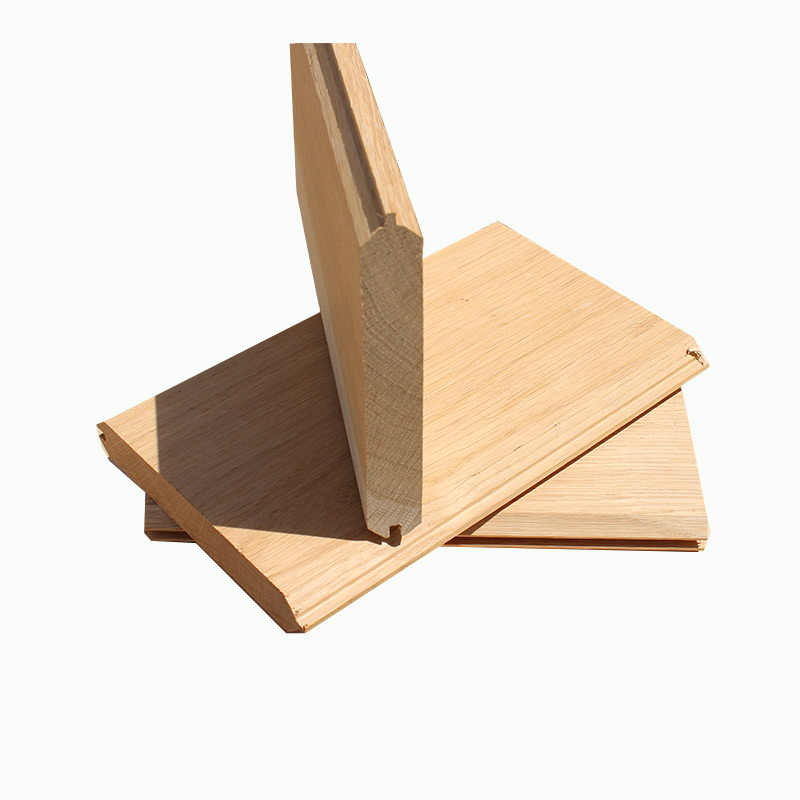
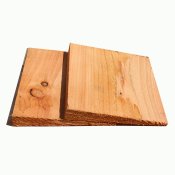
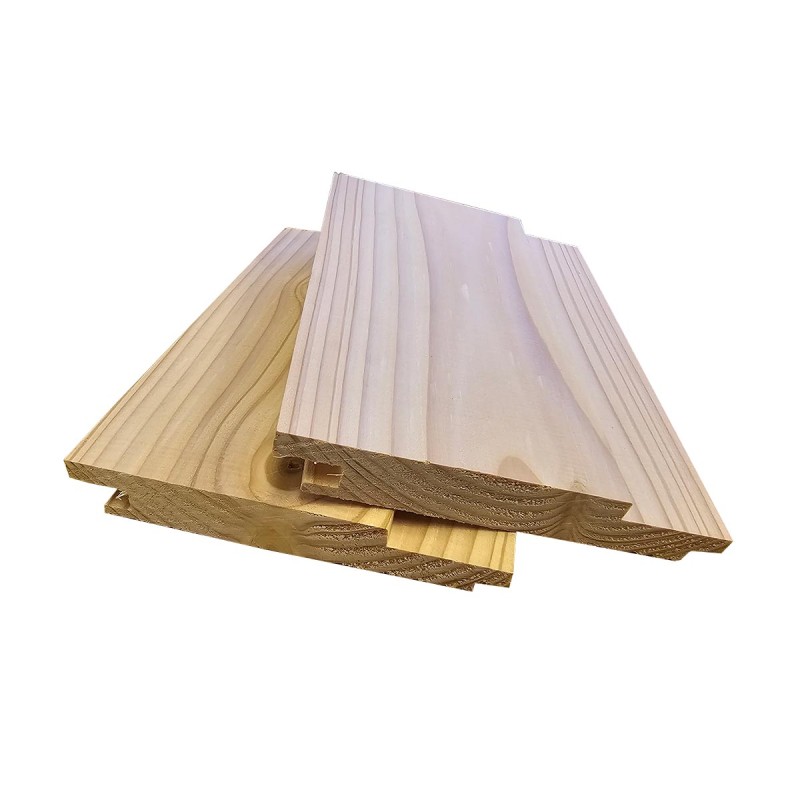
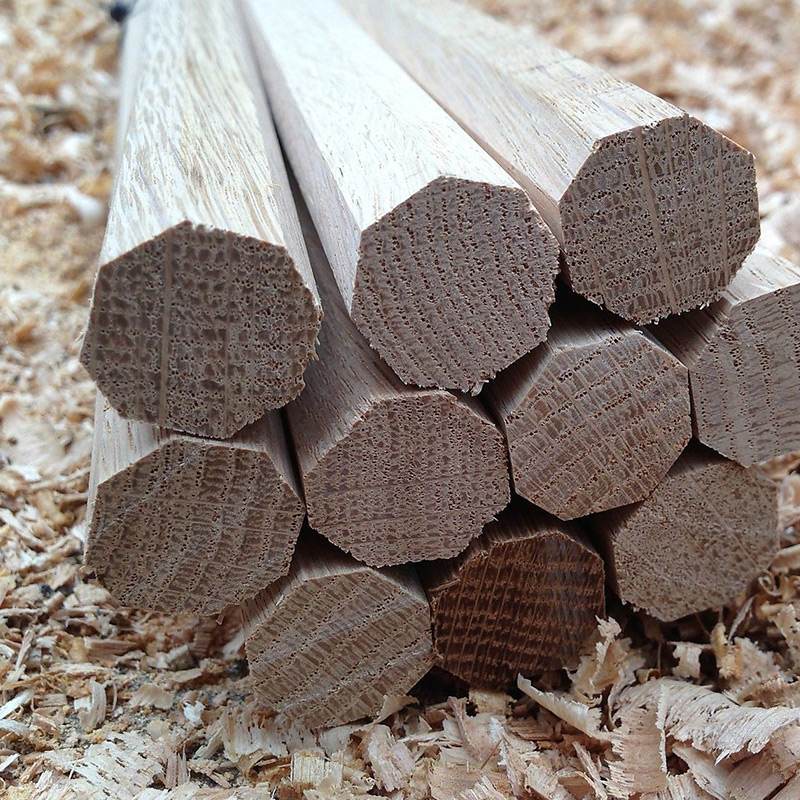
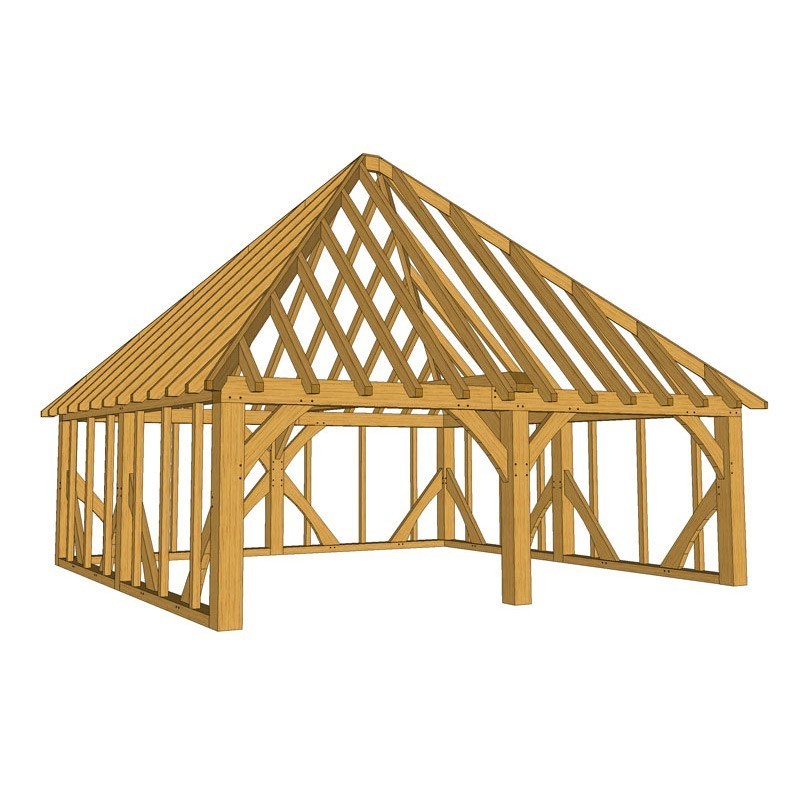
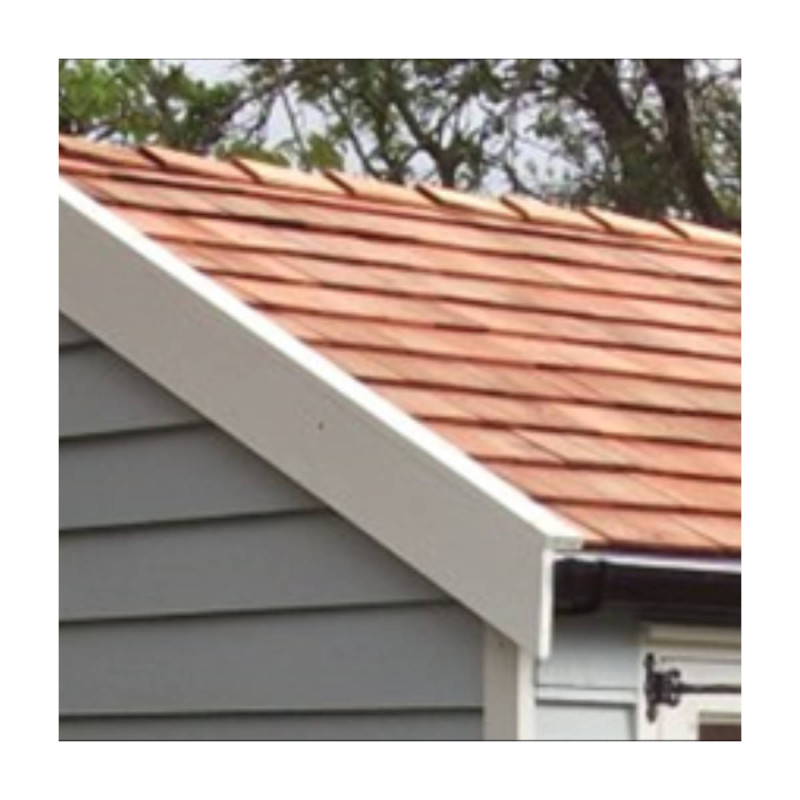
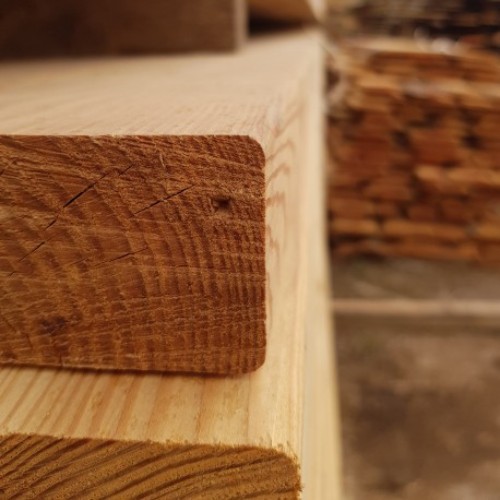
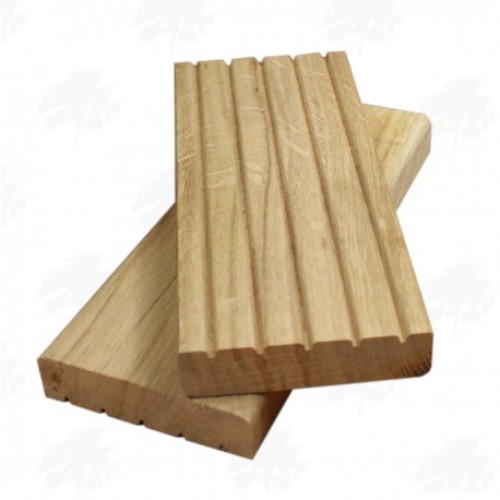
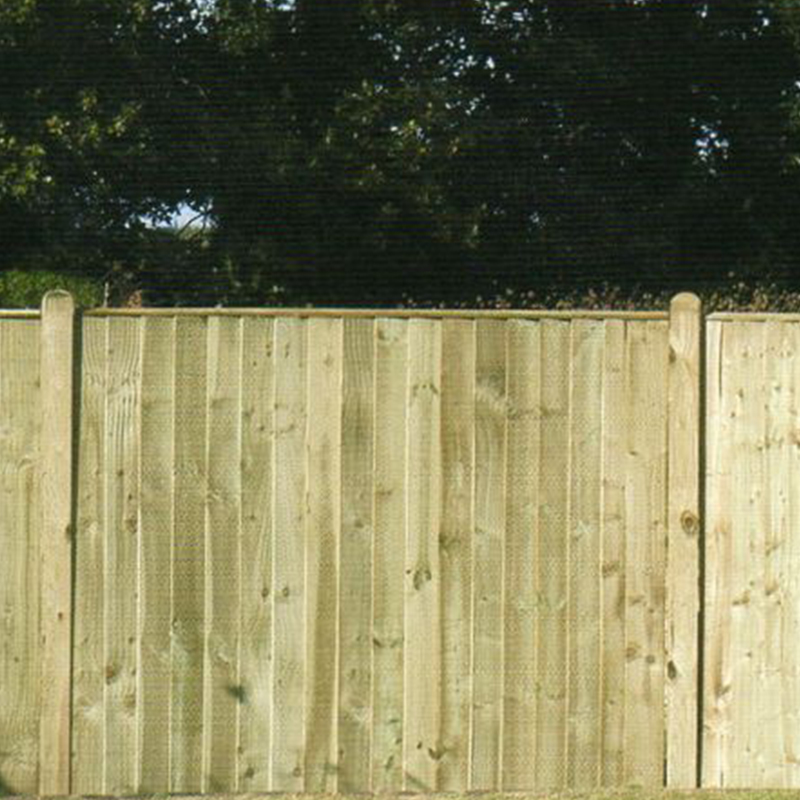
.jpg)
